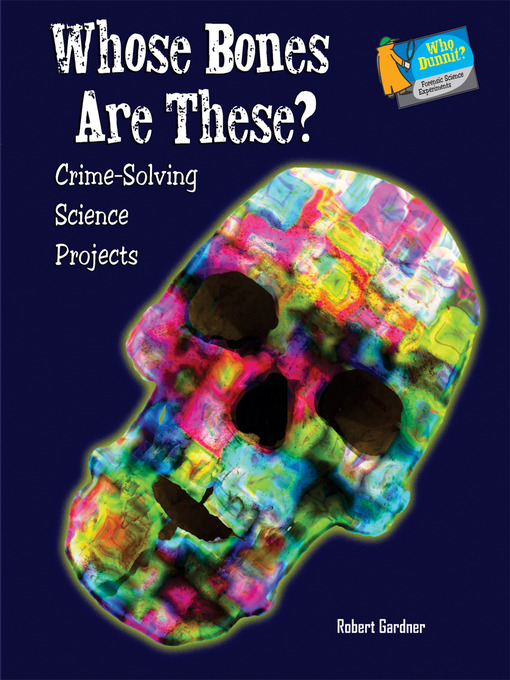Trace evidence is often the most important evidence involved in a crime. Analyze bones and blood spatter patterns, find out if bullets came from a suspect's gun, and more! Many experiments include ideas you can use for your science fair, using the scientific method, and each chapter ends with a crime for you to solve.
- Newly Added Audiobooks
- Most Popular Audiobooks
- Try Something Different
- Audiobooks for the Whole Family
- See all audiobooks collections


